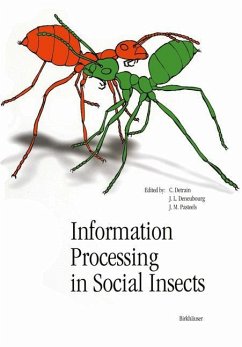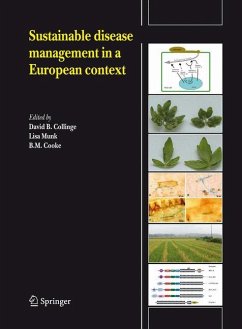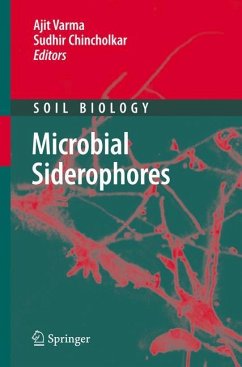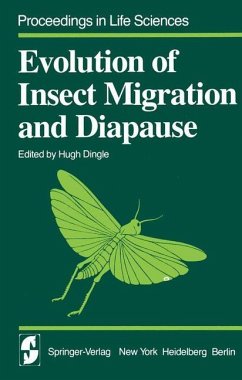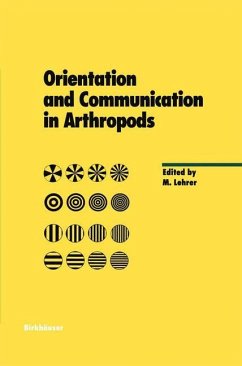
New Strategies in Locust Control

PAYBACK Punkte
20 °P sammeln!
In the late eighties large-scale control operations were carried out to control a major desert locust upsurge in Africa. For the first time since the banning of organochlorine pesticides these operations relied mainly on non-persistent pesticides such as organophosphates and pyrethroids. The amount of pesticides sprayed and the area covered were probably the highest in the history of locust control and raised criticism with respect to efficacy, economic viability and environmental impact.As a consequence, applied research into the problem was intensified, both at the national and the internati...
In the late eighties large-scale control operations were carried out to control a major desert locust upsurge in Africa. For the first time since the banning of organochlorine pesticides these operations relied mainly on non-persistent pesticides such as organophosphates and pyrethroids. The amount of pesticides sprayed and the area covered were probably the highest in the history of locust control and raised criticism with respect to efficacy, economic viability and environmental impact.
As a consequence, applied research into the problem was intensified, both at the national and the international level, with the goal of finding new and environmentally sound approaches and solutions to locust and grasshopper control. Emphasis was laid on developing new control agents and techniques.
As a consequence, applied research into the problem was intensified, both at the national and the international level, with the goal of finding new and environmentally sound approaches and solutions to locust and grasshopper control. Emphasis was laid on developing new control agents and techniques.





